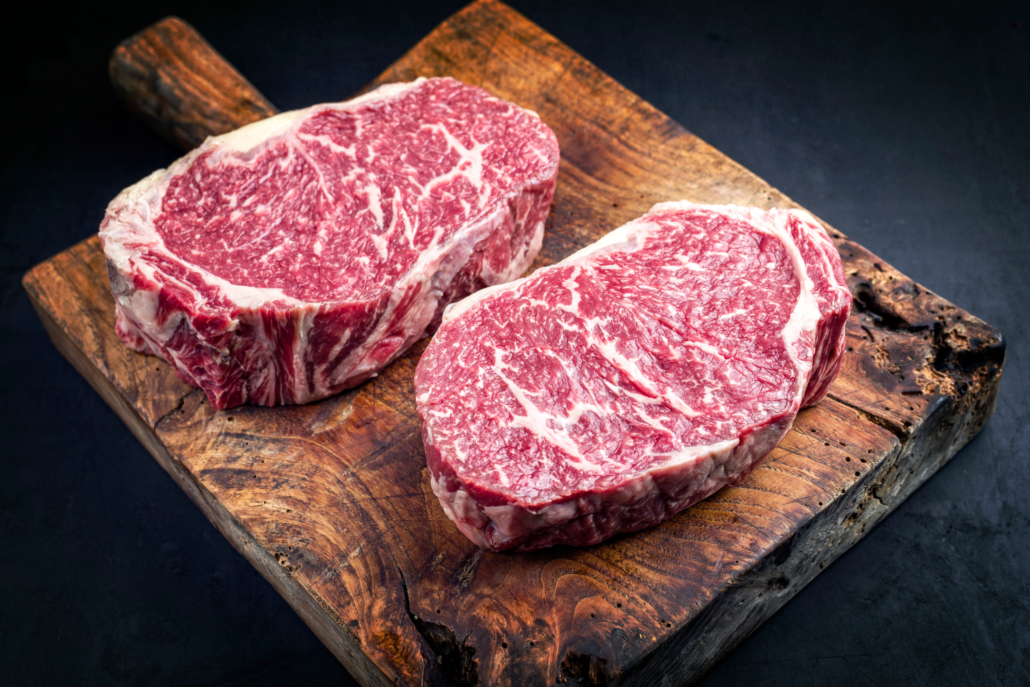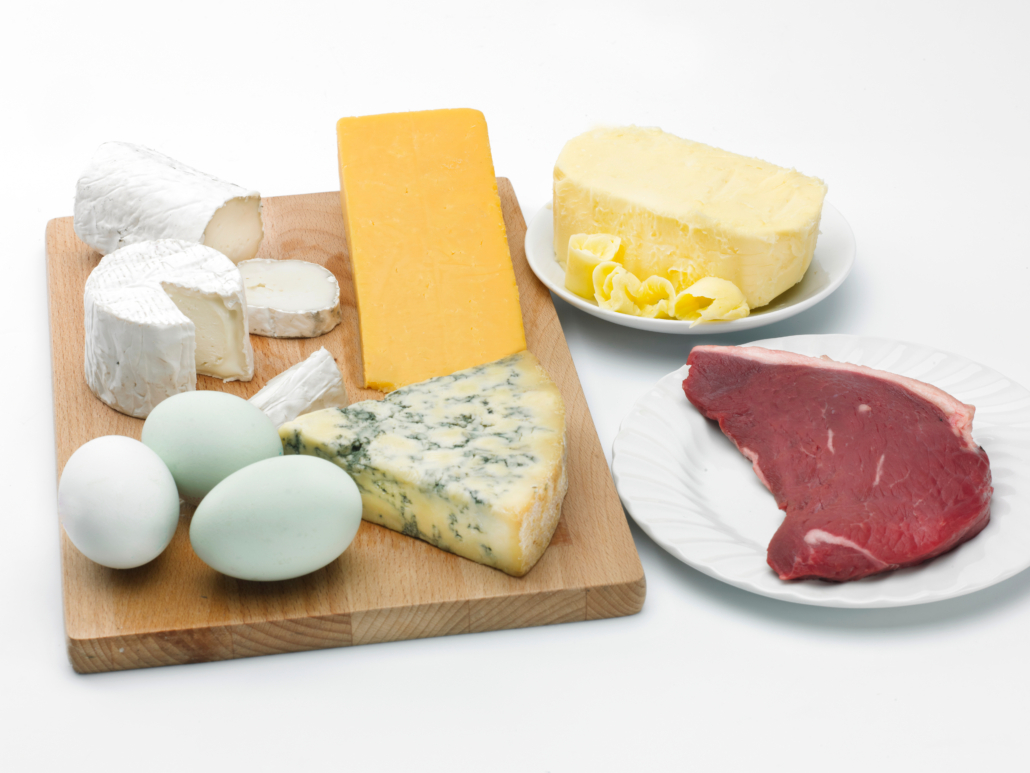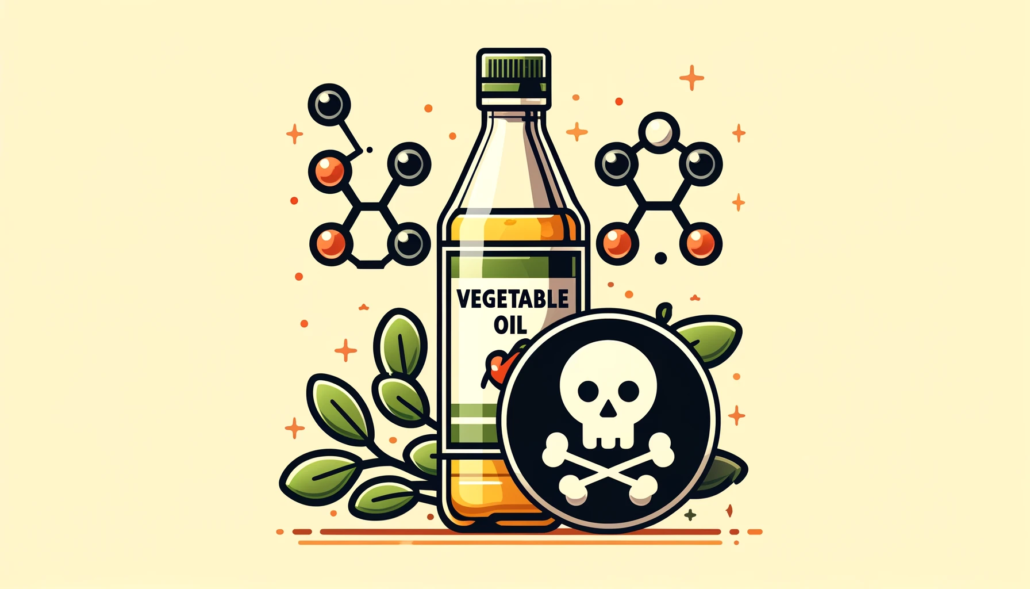We include products in articles we think are useful for our readers. If you buy products or services through links on our website, we may earn a small commission.
Carnivore Diet Macros and How to Achieve Them
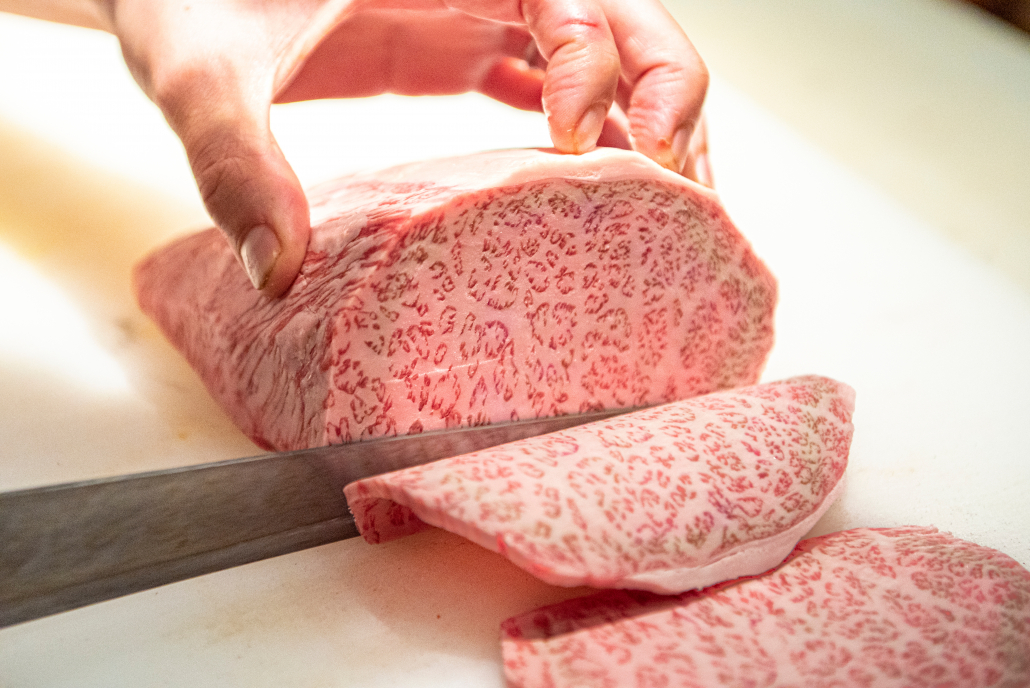
When most people think of the carnivore diet they think of eating only meat and animal products.
This is true, of course, but it misses the fact that a carnivore diet eliminates almost all carbs, which makes it a type of ketogenic diet.
As with other types of keto diets, eating high-fat foods that meet your keto macro percentages is important for reducing the chances of side effects. This is especially true when first making the transition from a standard American diet.
In this article, we’ll explore carnivore diet macros, while offering some tips for enjoying a carnivore lifestyle in the most nourishing and sustainable way.
Let’s dig in.
Table of Contents
Carnivore Diet Macro Percentages
Carnivore diet macros follow the same percentages as standard keto. These ratios are:
- 70-80 percent calories from fat
- 15-30 percent calories from protein
- 0-10 percent calories from carbs
How to Convert Carnivore Macro Percentages to Grams
To convert carnivore diet macros to grams of fat, protein, and carbs you start with the number of calories in each nutrient. Fat has nearly twice as many calories per gram compared with carbs and protein.
| Macronutrient | Calories per gram |
| Fat | 9 |
| Carbohydrates | 4 |
| Protein | 4 |
If you’re aiming for 2,000 calories a day, your carnivore diet macros might work out to:
| Macro Calories | Macro Grams |
| 1500 calories from fat | 166 grams of fat |
| 400 calories from protein | 100 grams of protein |
| 0-100 calories from carbs | 0-25 grams of carbs |
Carnivore Foods That Have Carbs
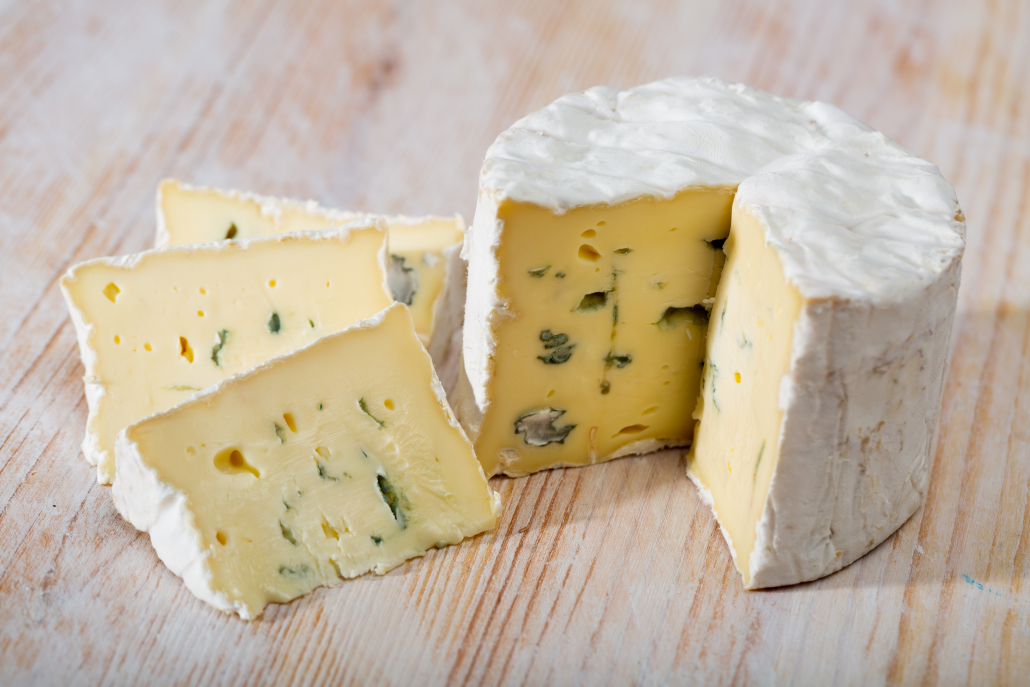
The exception to not having to worry about carbs on carnivore is if you’re eating large quantities of dairy.
Milk, along with some yogurt and cheeses (cottage cheese) are high in carbs. To play it safe, stick with high-fat carnivore diet cheeses. Choosing soft cheeses described as “creamy” is a good rule of thumb.
Small amounts of carbs are also found in organ meats, like beef liver, and some keto seafood, such as mussels, salmon roe, and oysters.
Click here for a full carnivore diet food list, and here for carnivore meal plans that will help you put these foods into action.
What Happens if I Don’t Eat Enough Fat on a Carnivore Diet?
Most people in the West think of meat as lean muscle meat–tenderloin, chicken, etc.
This bias towards lean meat is a completely modern invention. And we have bad anti-fat science and strong anti-fat personalities from the 1960s to un-thank for it.
The truth is, humans evolved on a diet of extremely fatty animal meats. Our two million-year journey as hyper-carnivorous apex predators began when we first learned to scavenge extremely fatty bone meats and brains.3
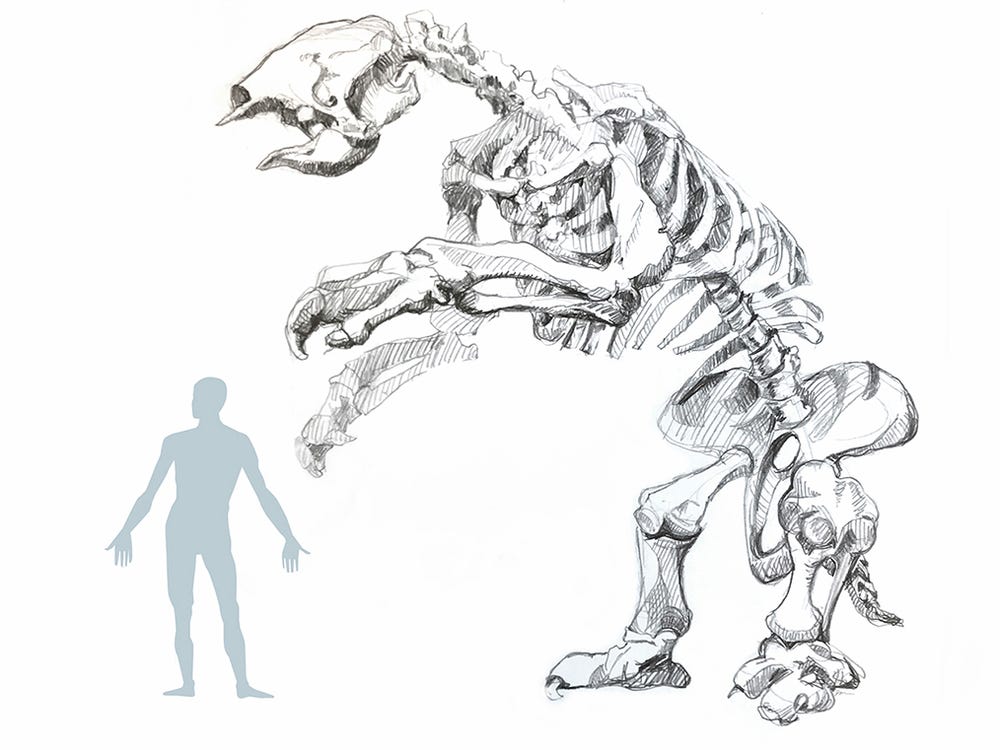
Source: Julie McMahon, University of Illinois at Urbana-Champaign
A mere 100g (3.5 oz ) dose of bone marrow provides a whopping 786 calories, 97% from fat. If we scale this up to the giant animals that roamed the earth with us, we’re talking about tens of thousands of fat calories in the bones of a single 20-foot-tall ground sloth or a mastodon.
This superabundance of animal fat along with numerous fat-soluble vitamins and nutrients found only in meat was rocket fuel for the development of our brains.
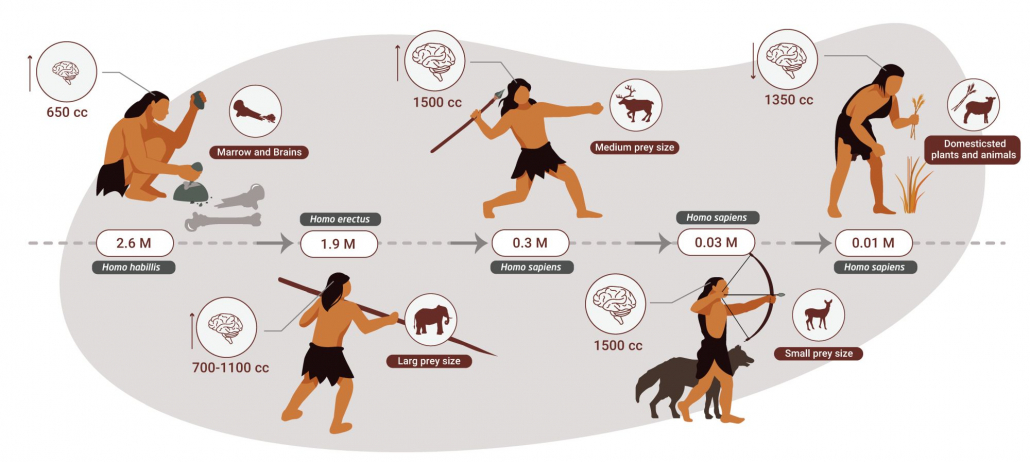
Source: Dr Miki Ben Dor
With bigger brains, we learned how to make more sophisticated tools and to coordinate with each other to take down giant prey.
For the rest of human history up until around 10,000 years ago, human life revolved around hunting and eating fat.
We only changed our habits and became farmers because we ate the giant fatty beasts into extinction.
There’s an evolutionary reason why a succulent ribeye steak provides the near-perfect balance of all essential macro and micronutrients: Our bodies evolved in harmony with large, fatty, herbivorous animals as our primary food source.
Observations of Traditional Carnivore Diet Macros
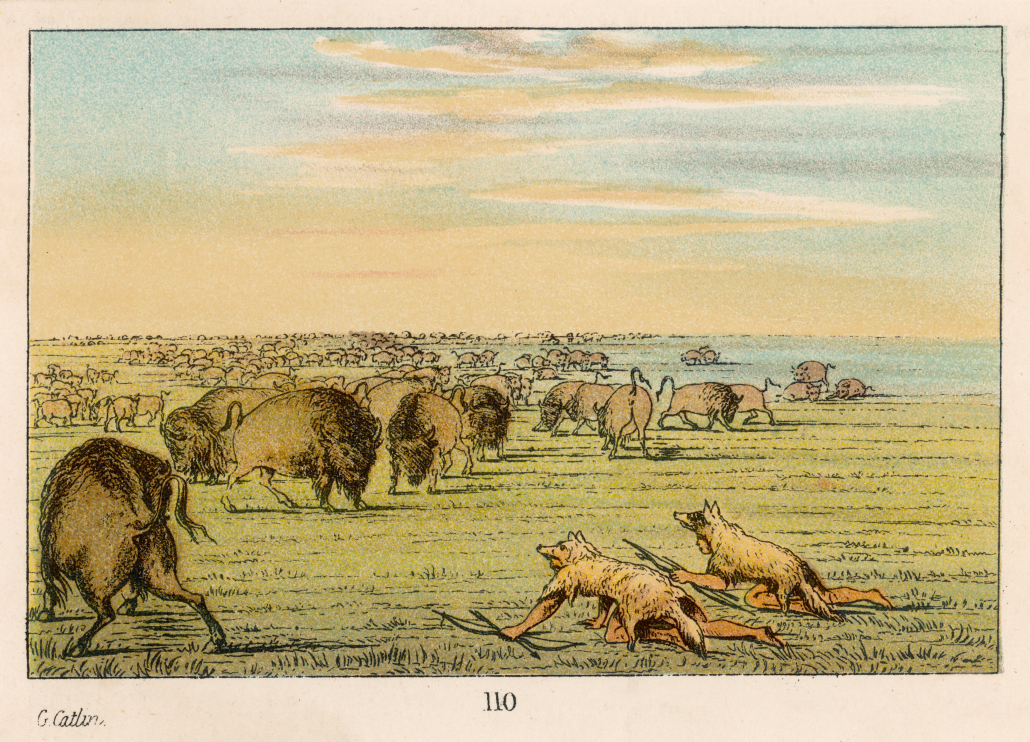
In his groundbreaking book Nutrition and Physical Degeneration, pioneering researcher and Dentist Weston A. Price observed the following practice among mostly carnivorous Native Americans living in the Northern Canadian Rockies:
“I found the Indians putting great emphasis upon the eating of the organs of the animals, including parts of the digestive tract. Much of the muscle meat of the animals was fed to the dogs. … The skeletal remains are found as piles of finely broken bone chips or splinters that have been cracked up to obtain as much as possible of the marrow and nutritive qualities of the bones.”
Arctic explorer Vilhjalmur Stefansson observed similar practices among the Inuit. He described how when the Inuit ate caribou, they prized the fat behind the eye and the fatty meat around the head, then the organs, including the heart and kidneys. Caribou kidneys are around 50% fat.
The Protein Constraint
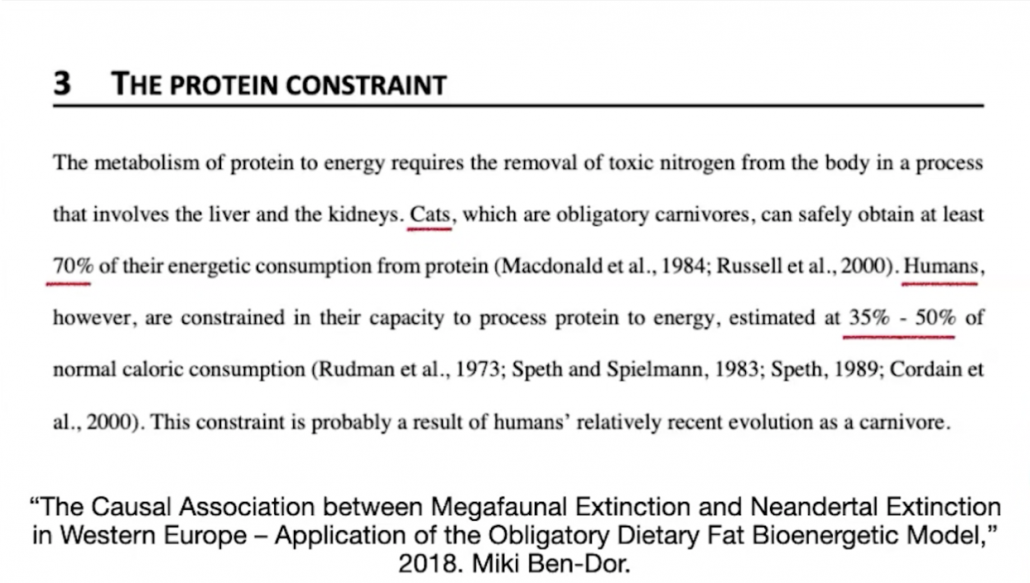
The view that we need to eat mostly animal fat on a carnivore diet is not just ideological, it’s biological.
Humans can only get between 35-50% of our calories from protein before we begin experiencing protein poisoning. Cats and other carnivores that didn’t begin as fat-scavengers can get 70% of their energy from protein.
Meeting your fat carnivore diet macro goals will protect you from protein poisoning. If you eat too much protein and not enough fat you will get protein poisoning. This condition occurs when your liver can no longer upregulate urea synthesis needed to metabolize protein.
Protein poisoning symptoms include :
- Hyperaminoacidemia
- Hyperammonemia
- hyperinsulinemia
- Nausea
- Diarrhea
- Death within 2-4 weeks of prolonged protein poisoning
Can I Increase Carb Intake After Reaching Adapting to Carnivore?
Once you’ve adapted to a carnivore diet and met its macros for a few weeks, it is possible to add in some carbs.
Dr. Kiltz on his BEBBIIS diet–a modified approach to mostly carnivorous eating, allows himself a once-in-awhile indulgence of french fries fried in tallow, and homemade keto ice cream.
Follow along with Dr. Kiltz to make your own homemade ice cream:
Fat to Protein Macro Percentages
Eating fat provides your body with the optimal building blocks for ketones–energy molecules created from fat. Protein is used to maintain muscle mass, while a portion is synthesized into glycogen–a type of carbohydrate that gets stored in your muscles.
To keep your fat-to-protein carnivore diet macros optimally balanced, simply consume 1.5x to 2x grams of fat per gram of protein.
How Do I Add More Fat to My Carnivore Diet Macros?
Consuming healthy keto fats is the cornerstone of a well-formulated carnivore diet.
These fatty staples will help you meet your carnivore diet macro goals:
- fatty cuts of steak, preferably from grass-fed sources
- Bacon and pork belly are great ways to boost fat when you’re doing carnivore diet on a budget
- Other fatty keto meats
- Butter
- Tallow
- Lard
- eggs
- Creamy carnivore cheese
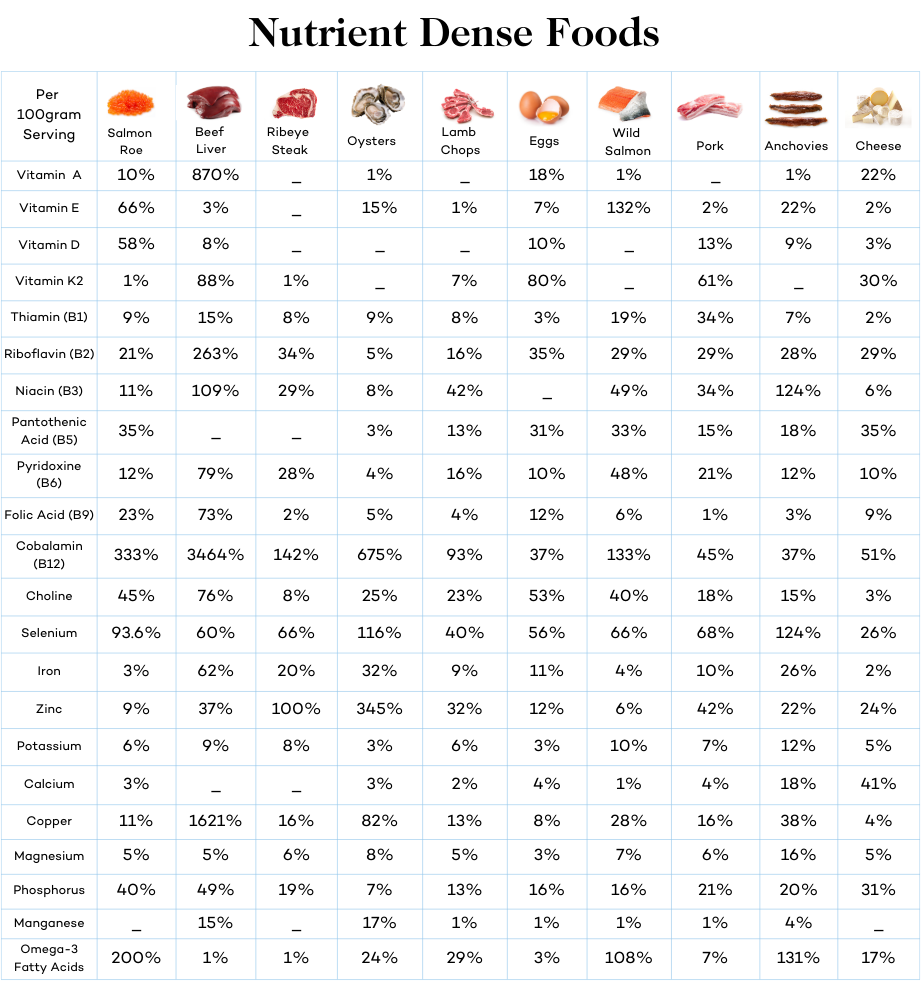
Add Butter To Your Coffee

Though coffee on carnivore is technically off-limits (it’s plant extract), most people on carnivore drink it anyway. So you might as well use it as a way to boost your fat intake by adding butter. This will also make is far more satiating.
Carnivore Macro Percentages: Dr. Kiltz’s Bottom Line
Carnivore diet macros align with standard keto macros: 70-80% fat, 15-20% protein, and 0-10% carbs.
On carnivore, you don’t need to worry about watching your carb intake unless you’re eating a lot of dairy.
Carnivore diet macros are easy to achieve simply by selecting and eating fatty meat, adding in animal fats like butter and tallow, and supplementing with high-fat cheese.
Most people who come to carnivore are challenged to think of meat as animal fat and some protein, rather than just muscle meat. But the sooner you accept and seek out succulent fatty meats the more enjoyable, sustainable, and nourishing your journey on carnivore will be.













